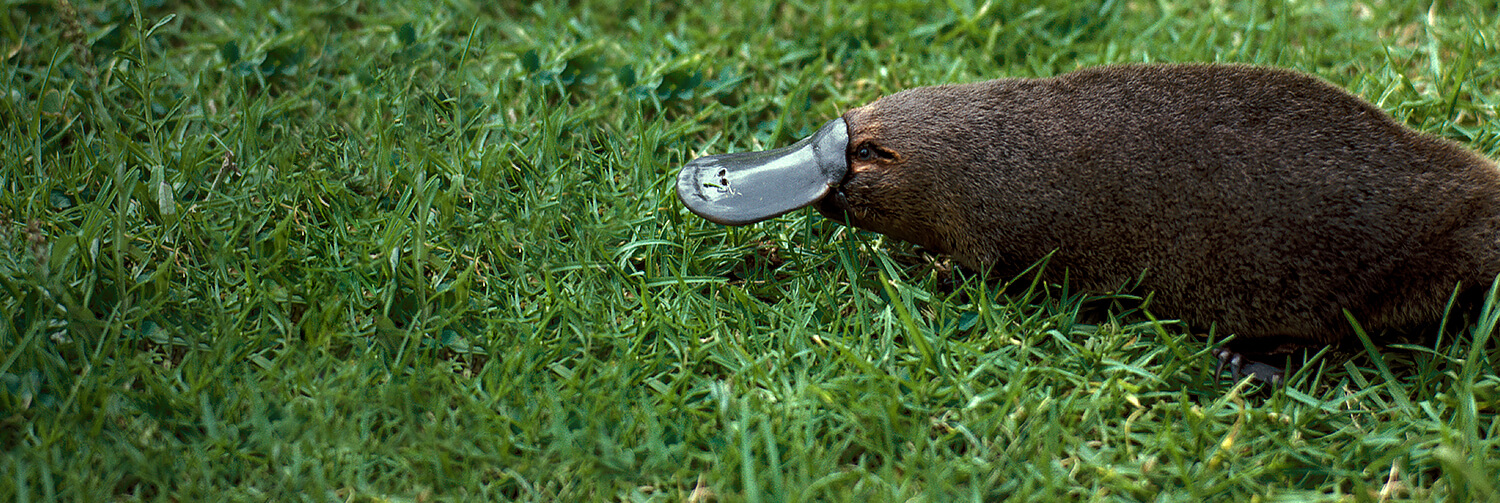
Gorillas use a form of knuckle-walking that is "columnar". Ĭhimpanzee knuckle-walking and gorilla knuckle-walking have been suggested to be biomechanically and posturally distinct. They are, however, found in primates that do not knuckle-walk. They are also less prominent when found in gorillas.

These are found in all chimpanzees, but in only two out of five gorillas. For example, the ridges and concavities features of the capitate and hamate bones have been interpreted to enhance stability of weight-bearing on this basis, they have been used to identify knuckle-walking in fossils. Another difference is that the hand bones of gorillas lack key features that were once thought to limit the extension of the wrist during knuckle-walking in chimpanzees. ĭifferences exist between knuckle-walking in chimpanzees and gorillas juvenile chimpanzees engage in less knuckle-walking than juvenile gorillas. The wrist and elbow are extended throughout the last period in which the knuckle-walker's hand carried body weight. The palm, as a result, is positioned perpendicular to the ground and in line with the forearm. The wrist is held in a stable, locked position during the support phase of knuckle-walking by means of strongly flexed interphalangeal joints, and extended metacarpophalangeal joints. The outer fingers are held clear off the ground. Their knuckle-walking involves flexing the tips of their fingers and carrying their body weight down on the dorsal surface of their middle phalanges. This is the most common type of movement for gorillas, although they also practice bipedalism. It may also allow small objects to be carried in the fingers while walking on all fours. This form of hand-walking posture allows these tree climbers to use their hands for terrestrial locomotion while retaining long fingers for gripping and climbing. Apes Ĭhimpanzees and gorillas engage in knuckle-walking. However, other studies have argued the opposite by pointing out that the differences in knuckle-walking between gorillas and chimpanzees can be explained by differences in positional behaviour, kinematics, and the biomechanics of weight-bearing. This would imply that knuckle-walking evolved independently in the African great apes, which would mean a homoplasic evolution of this locomotor behaviour in gorillas and chimpanzees. This leads to the conclusion that chimpanzees evolved knuckle-walking after they split from humans six million years ago, and humans evolved upright walking without knuckle-walking. ramidus engaged in upright walking, but not knuckle-walking. Since then, scientists discovered Ardipithecus ramidus, a human-like hominid descended from the common ancestor of chimpanzees and humans.
#Platypus walk sideways plus#
Mountain gorillas use knuckle-walking plus other parts of their hand-fist-walking does not use the knuckles, using the backs of their hand, and using their palms.Īnthropologists once thought that the common ancestor of chimpanzees and humans engaged in knuckle-walking, and humans evolved upright walking from knuckle-walking, a view thought to be supported by reanalysis of overlooked features on hominid fossils.


Gorillas move around by knuckle-walking, although they sometimes walk bipedally for short distances while carrying food or in defensive situations. Platypus fingers have webbing that extend past the fingers to aid in swimming, thus knuckle-walking is used to prevent stumbling. In anteaters and pangolins, the fingers have large claws for opening the mounds of social insects. For the gorilla, the fingers are used for the manipulation of food, and in chimpanzees, for the manipulation of food and climbing.

Knuckle-walking helps with actions other than locomotion on the ground. Gorillas and chimpanzees use this style of locomotion, as do anteaters and platypuses. Knuckle-walking is a form of quadrupedal walking in which the forelimbs hold the fingers in a partially flexed posture that allows body weight to press down on the ground through the knuckles. A western lowland gorilla knuckle-walking.


 0 kommentar(er)
0 kommentar(er)
